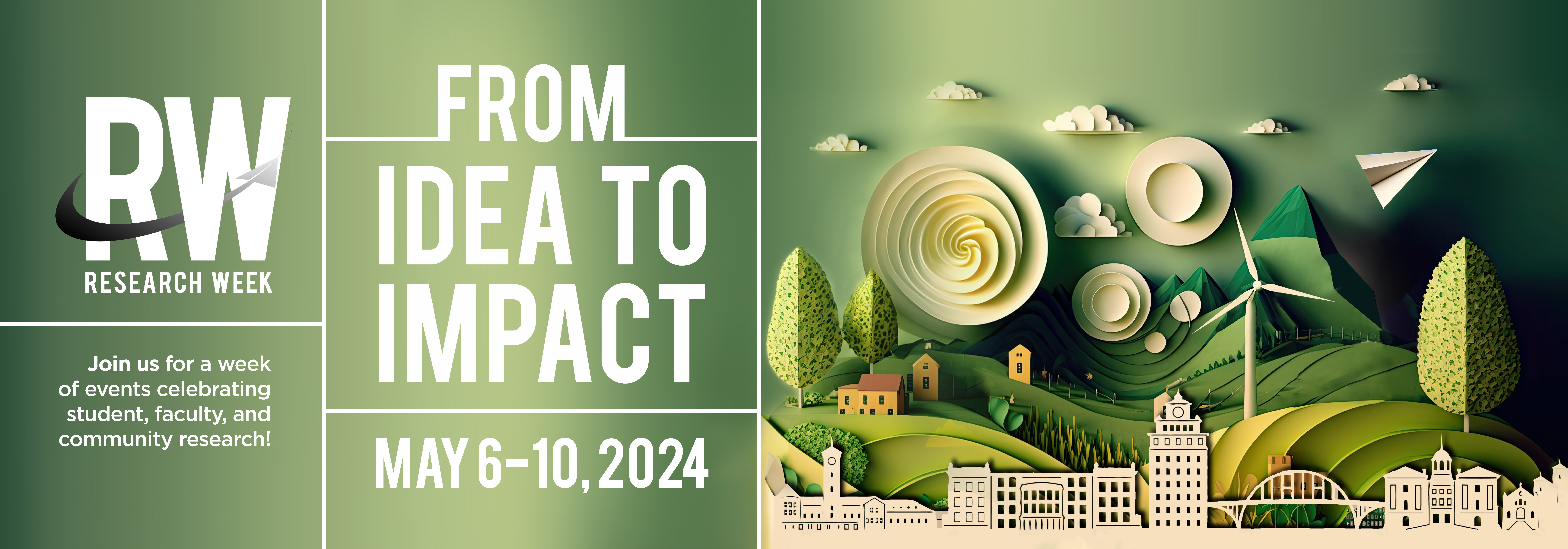Presentation Type
Poster
Start Date
5-4-2022 11:00 AM
End Date
5-4-2022 1:00 PM
Subjects
Killifish Regeneration Heart Damage Genes
Advisor
Jason Podrabsky
Student Level
Undergraduate
Abstract
Cardiovascular disease is the leading cause of death in the world, half of which is caused by myocardial infarction (MI) or heart attack. Most of the damage resulting from MI is due to oxygen deprivation that leads to cell death. The resulting cardiac scarring due to MI is chronic in humans and is not yet treatable; the only method of restoration is heart transplantation. Other organisms, such as fishes, show great cardiac regenerative capacity. The annual killifish, Austrofundulus limnaeus, can survive for months without oxygen at certain developmental stages. Examining gene expression responses during anoxic exposure and recovery in killifish embryos may offer a robust cardiovascular model for heart regeneration and offer insights into gene pathways that aid in cardioregenerative processes. My research will focus on the expression and activity of GATA4, a cofactor known to strongly correlate with heart regeneration in mice, during anoxic exposure and recovery periods in killifish embryos. Weighted correlation network analysis will also be used to find genes whose expression correlates with GATA4 to discover gene pathways which may aid in anoxia tolerance. Additionally, a small molecule inhibitor of GATA4 (3i-1000) will be used to elaborate on the importance of GATA4 in anoxic tolerance.
Rights
© Copyright the author(s)
IN COPYRIGHT:
http://rightsstatements.org/vocab/InC/1.0/
This Item is protected by copyright and/or related rights. You are free to use this Item in any way that is permitted by the copyright and related rights legislation that applies to your use. For other uses you need to obtain permission from the rights-holder(s).
DISCLAIMER:
The purpose of this statement is to help the public understand how this Item may be used. When there is a (non-standard) License or contract that governs re-use of the associated Item, this statement only summarizes the effects of some of its terms. It is not a License, and should not be used to license your Work. To license your own Work, use a License offered at https://creativecommons.org/
Persistent Identifier
https://archives.pdx.edu/ds/psu/37497
Included in
Exploring the Function of Heart Regeneration in Survival of Anoxia in Embryos of the Annual Killifish Austrofundulus limnaeus
Cardiovascular disease is the leading cause of death in the world, half of which is caused by myocardial infarction (MI) or heart attack. Most of the damage resulting from MI is due to oxygen deprivation that leads to cell death. The resulting cardiac scarring due to MI is chronic in humans and is not yet treatable; the only method of restoration is heart transplantation. Other organisms, such as fishes, show great cardiac regenerative capacity. The annual killifish, Austrofundulus limnaeus, can survive for months without oxygen at certain developmental stages. Examining gene expression responses during anoxic exposure and recovery in killifish embryos may offer a robust cardiovascular model for heart regeneration and offer insights into gene pathways that aid in cardioregenerative processes. My research will focus on the expression and activity of GATA4, a cofactor known to strongly correlate with heart regeneration in mice, during anoxic exposure and recovery periods in killifish embryos. Weighted correlation network analysis will also be used to find genes whose expression correlates with GATA4 to discover gene pathways which may aid in anoxia tolerance. Additionally, a small molecule inhibitor of GATA4 (3i-1000) will be used to elaborate on the importance of GATA4 in anoxic tolerance.


